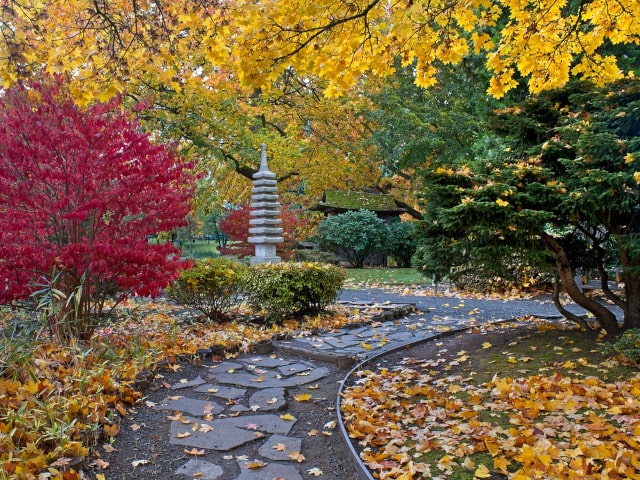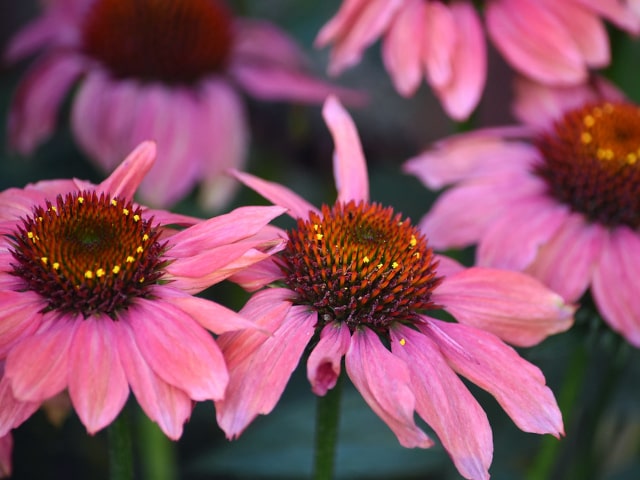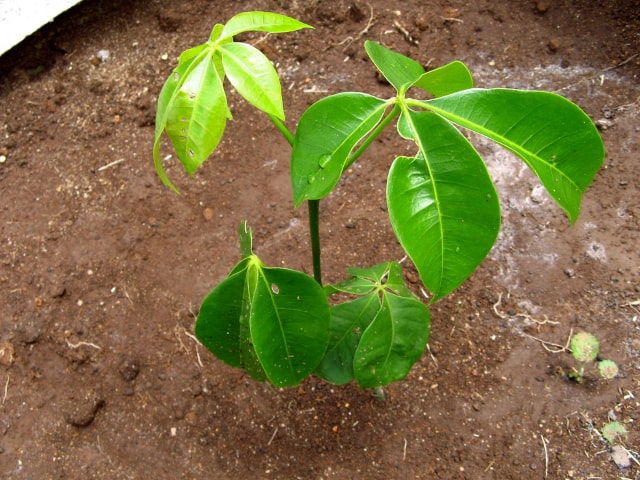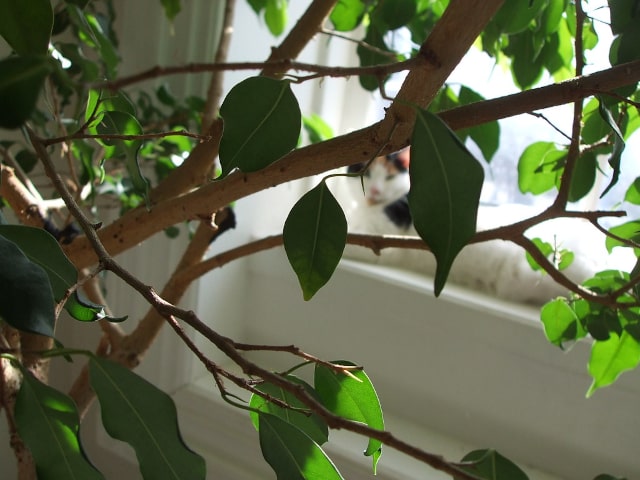
You have made a good choice if you want to have a Japanese garden. Japanese gardening has been quite popular for the last few years and it is well known for the peacefulness and calmness that it can offer. In this gardening tips blog post, we are going to look at various styles of Japanese garden which you can incorporate into your current garden design.
Although there are different styles for Japanese gardens, you creativity and innovation will always come into play as you are free to combine or innovate some of the styles. Adding creativity into planning and setting up a garden always helps you to have your own unique garden that others will admire.
Japanese Garden Style #1 Zen Garden
Boulders of various sizes, gravel, sand and rocks are some of the elements that form a Zen garden. The plant that they use for this type of garden are normally small trees or shrubs. Zen gardens are designed to be dry. Boulders represent islands and the sand and gravel are drawn with some patterns on them to represent water.
Originated from Buddhist monks, Zen gardens aim to provide the space for meditation as well as contemplation. If you are interested in some form of self healing arts such as yoga, a Zen garden is definitely the type of garden that you should have.
Japanese Garden Style #2 Tea Garden
Tea garden is the most important chapter in explaining Japanese gardening. Tea garden is normally being integrated within a Japanese garden because it would be odd to have a garden with just tea plants. There should be an outer garden and an inner garden when designing a Japanese tea garden.
The outer garden will have a low gate with a path that leads to the inner garden. Plants in the outer garden are less formal as well. Tea ceremony is normally held between the gardens where a basin called tsubakai is found. Non flowering plants are normally used for tea gardens. In traditional Japanese environment, people will also have a building within the inner garden for tea ceremony purposes.
Japanese Garden Style #3 Island and Pond Garden
There are two types of pond garden. One will cover a large landscape with a pond that is big enough to fit in a boat. Bridges are sometimes incorporated into these gardens and bushes are planted on small islands created for the garden. The elements that can be included in such gardens are rocks, logs, lilies and other water living plants.
Another type of pond garden will be the ordinary concept of designing a pond for your garden. Japanese style pond gardens often have features such as miniature buildings and bonsai trees around the pond. You can always start rearing Japanese Koi fish in the pond to add in more Japanese flavor to your garden.
Japanese Garden Style #4 Stroll Garden
A stroll garden simply means a garden that offers various paths where visitors can enjoy their time strolling though the garden. The practicability of this type of garden is extremely low as you are required to have a large yard in order to create an impressive stroll garden with a wide array of features.
Japanese Garden Style #5 Courtyard Garden
If you already have an existing garden where you would like to have some Japanese style, you can consider a courtyard garden. A courtyard garden is also suitable for those who have a small land for gardening activities. Bricks or fences are used to draw a border between a courtyard garden and the rest of the landscape.
Keeping things simple is a golden rule of designing a courtyard garden. It often consists of a dry stream, miniature plants such as perennial plants and of course, small water features. A courtyard garden is simply an eye candy when seen from your house.
If you are looking for a good set of planters or pots for your Japanese gardens, you can always consider buying them from our selected partners. They offer planters and pots of top quality at affordable prices.
Photo credit: Jim Choate




0 Comments